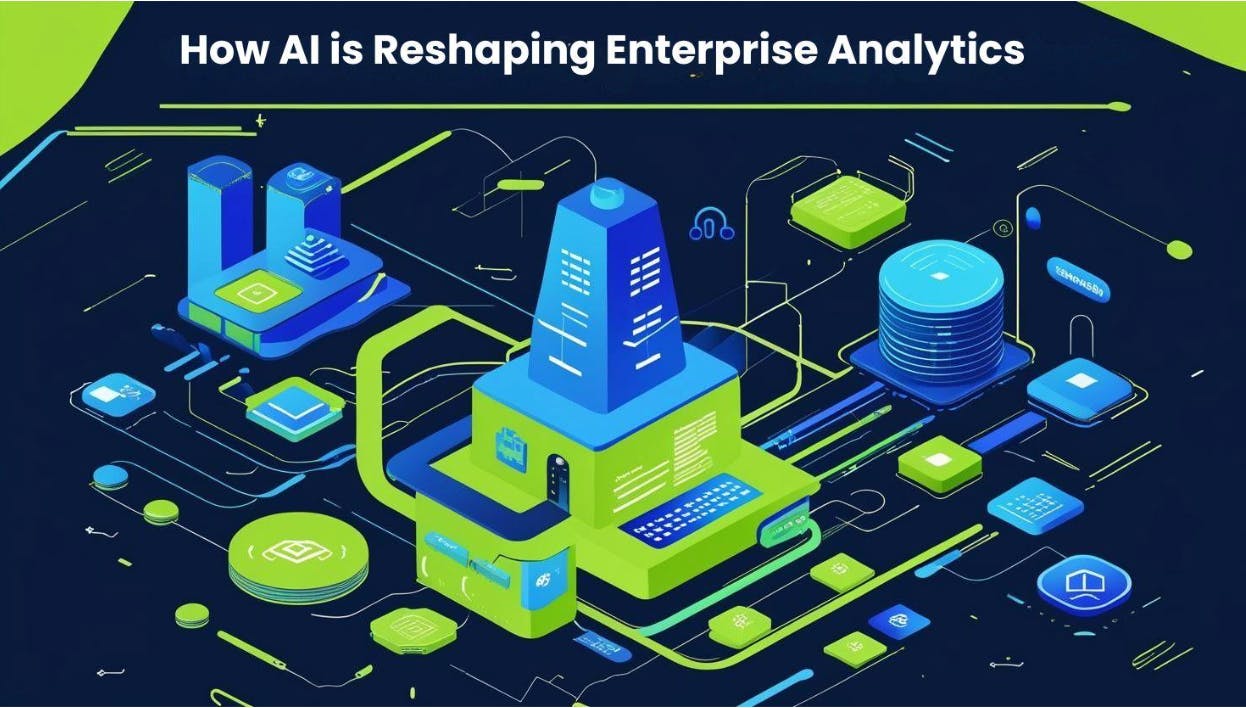As global data volumes explode, with projections of 175 zettabytes by 2025, the way organizations manage and analyze information must evolve. Thirumal Raju Pambala highlights that
This transformation addresses the increasing demand for real-time analysis and precision in forecasting, offering a compelling response to the limitations of traditional business intelligence.
Machine Learning: The Predictive Backbone
At the heart of this innovation lies a robust machine learning infrastructure, designed to recognize complex patterns in massive datasets. By incorporating both supervised and unsupervised algorithms, the system adapts and evolves, enabling smarter decision-making. Notably, it has demonstrated up to a 43% improvement in identifying significant patterns and a 31% reduction in false positives, crucial metrics in sectors where operational accuracy is non-negotiable.
From Commands to Conversations: NLP Transforms Querying
Natural Language Processing (NLP) redefines how users interact with their data. Instead of rigid, code-based queries, users can ask complex questions in plain language. The system interprets these with near-human accuracy, 89% on average, and delivers answers in real time. This interface boosts productivity by shortening resolution times by nearly half and making insights accessible to non-technical teams.
Automation That Thinks Ahead
Beyond interpretation and forecasting, automated intelligence takes the spotlight. Organizations using AI-enhanced tools have reported a 58% drop in data preparation time and a 41% increase in trend identification. These tools don’t just support analytics; they actively reveal insights that traditional systems miss. From spotting new market trends to flagging operational bottlenecks, automation is no longer about convenience; it’s a strategic advantage.
Rewriting the Rules of Forecasting
One of the most valuable innovations is AI-driven forecasting. Companies leveraging these tools have achieved a 30% gain in forecast accuracy and reduced financial risk exposure by 25%. Adaptive forecasting algorithms adjust in real time to external variables, helping businesses maintain optimal inventory levels and manage demand fluctuations without overstocking or under-resourcing.
Smarter Maintenance, Fewer Interruptions
Intelligent data analysis features also extend to operations. With predictive maintenance, businesses have cut unplanned downtimes by 40% and improved asset reliability by 20%. AI detects early warning signals that traditional systems overlook, turning reactive maintenance into a proactive strategy. This translates directly into cost savings and longer equipment life spans.
Performance Monitoring in Real Time
AI-enhanced performance management tools deliver real-time insights into operational efficiency. Organizations have seen a 15% improvement in equipment effectiveness and up to 35% risk reduction through predictive alerts and dynamic threshold adjustments. The ability to act swiftly on data-driven recommendations is turning performance monitoring into a cornerstone of organizational agility.
The Collaboration Multiplier
AI isn't just transforming data, it’s transforming teamwork. With collaborative analytics tools, teams share real-time dashboards, insights, and reports regardless of geography. This has led to a 30% increase in cross-functional productivity and faster project execution. Analytics is no longer confined to specialized departments; it’s democratized, secure, and synchronized across the enterprise.
Building the Right Foundation
To ensure these tools deliver on their promise, organizations must focus on data governance and infrastructure. Proper stewardship boosts AI model accuracy by 27% and speeds up data preparation. Equally critical is change management. Structured training and gradual feature rollouts have been shown to double user adoption rates and significantly ease transitions to new systems.
In conclusion, AI advancements in deep learning, AutoML, and NLP are reshaping analytics by enhancing accuracy, accessibility, and insights. These innovations empower even non-technical users to make data-driven decisions with confidence. As Thirumal Raju Pambala notes, embracing intelligent systems is vital for organizations aiming to lead in a fast-evolving, data-driven business environment.
This story was authored under HackerNoon’s Business Blogging Program.


